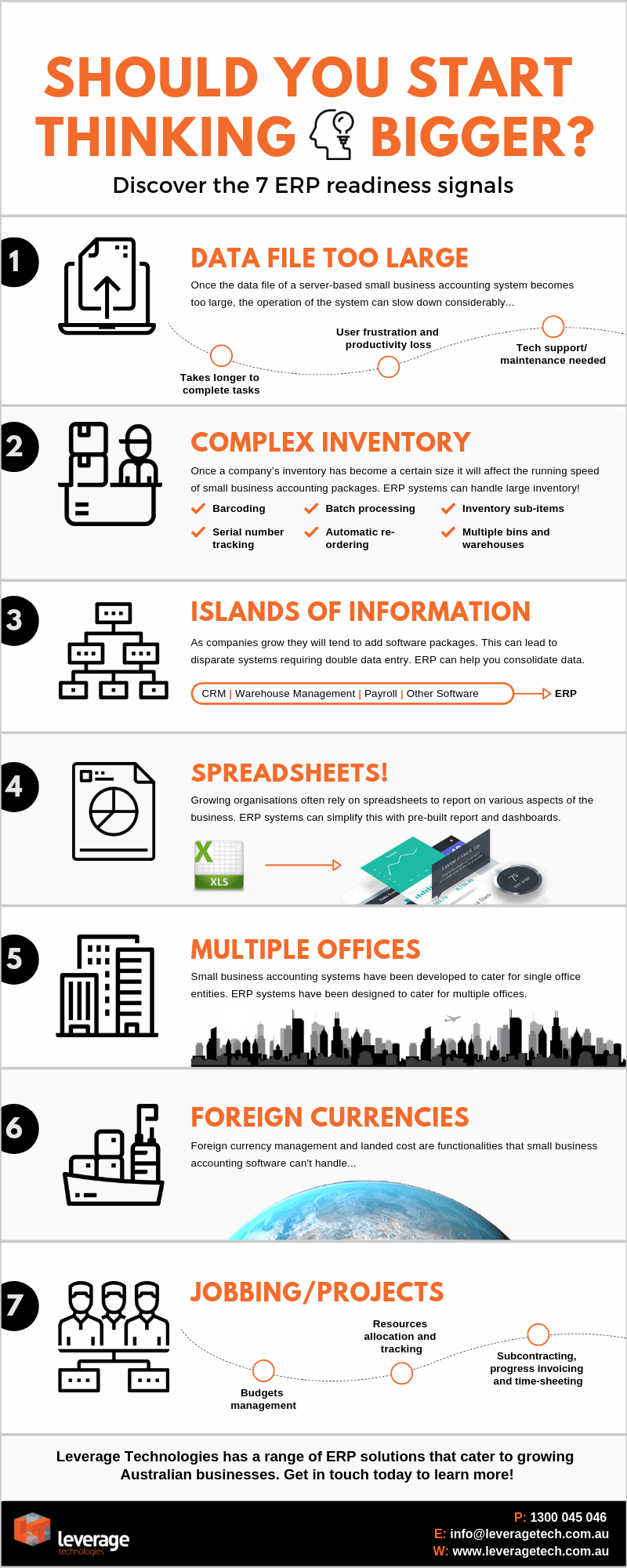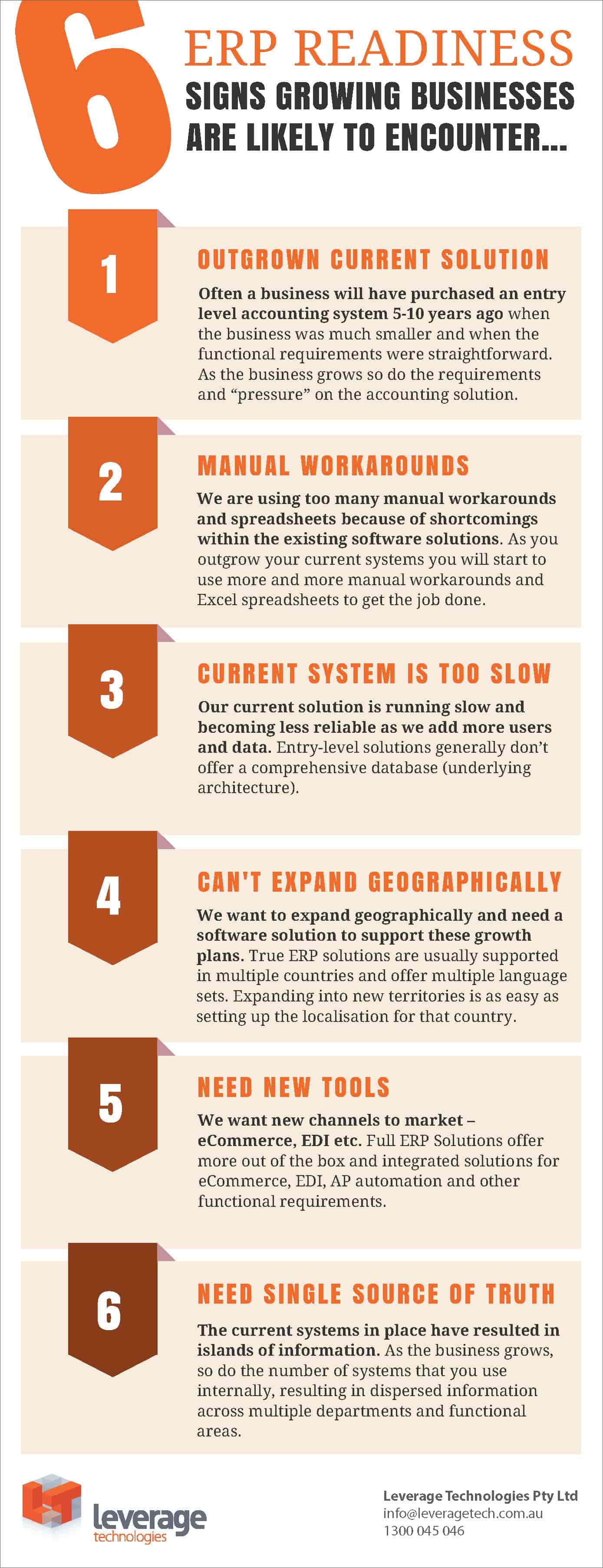Getting people onboard with the new ways of working enabled by a new ERP solution requires change management: here are our tips for more effective change initiatives.
They are two key elements to managing change when it comes to introducing a new Enterprise Resource Planning (ERP) solution into your business: the practical implications of new tools and processes, and people’s behaviours and attitudes.
We’ve written in the past about the importance of effective project management to ensure your ERP implementation happens successfully:
- Internal project management helps steer and improve decision-making during the ERP solution implementation process, working collaboratively with your implementation partner.
- The commitment of leaders and skill of project managers can ‘make or break’ your project.
- A poorly scoped project, lack of internal resources and support are key reasons that ERP solution implementations fail.
Project management and change management are two different processes, but they often occur in tandem and may have many areas of overlap.
The project work—in this case executing a new enterprise solution—is characterised by a focus on tasks and processes required to set-up the software, re-engineer processes, and train your team in how to use the solution. Change management focuses on engaging and informing people affected by the project to ensure the transition is a smooth and sustainable one.
Change is hard: it requires planning, resources, and communication
Change requires taking people out of their comfort zone. Some people will be open to change and others less so, but with a well-planned approach, it is possible to create an atmosphere of excitement rather than trepidation.
You want employees to use your new ERP software solution correctly, but also to proactively embrace the intent of working smarter and more productively, sharing and leveraging data to make decisions, and using your ERP system to identify and act on new opportunities.
Remember to communicate the reasons behind the change and the broader business benefits that the new system brings, not only ‘what’ is happening. Communicate both factual information and key messages repeatedly—assume that not everyone will see every piece of communication or digest it fully the first time.
Factors that contribute to change management success include:
- Involving your team: The people most affected by the change should be involved in deciding what tools and information will help them work through disruption. A top-down approach won’t fully capture the day-to-day concerns and needs of frontline staff.
- Strategy first, then tactics: Define what success looks like first, identify and involve all the relevant stakeholders, and then plan and implement the events, documents, and communications that will help you achieve your strategy.
- Understand the lifecycle of change: Recognise that change management doesn’t necessarily end when an ERP implementation project is finished. Check in on how people feel and adjust timelines and activities accordingly.
- Leadership participation: Even though you may appoint a person to manage the change initiative, visible and active sponsorship by your C-suite is essential. When leaders use their influence to generate enthusiasm for the desired future state, it’s easier to overcome resistance and concern.
- Take a phased approach to ERP implementation: Avoid the pitfalls associated with multiple changes in your organisation and phase your ERP implementation so that employees can adapt to the new system, learn, gain confidence, see benefits and then get ready for the next phase of improvements.
- Confidence is important: Ensure that team members have the confidence to embrace change, voice their opinions and want to make a difference. Get team members excited about the project and the expected outcomes.
- Communicate regularly: Keep team members updated on new initiatives, project progress, updates, and solutions.
Is it time to embrace a more continuous approach to change for business growth?
Whether you’re moving from paper-based records, replacing a legacy ERP system, or stepping up from basic accounting software, your new ERP solution is a big shift. But if you’re serious about gaining a competitive advantage in the digital economy, the changes won’t stop there.
Modern ERP systems are built with flexibility and growth in mind—allowing businesses to add new functionality as needed or take advantage of emerging technologies like IoT.
Writing for Forbes, Bain and Company consultant David Michels said, “Traditional change management as we know it is obsolete. Even the very notion that change can be managed feels absurd given the reality and pace of business today.”
He argues that managing change is now a continuous activity and must become a fundamental part of how you lead, engage, and develop employees—giving your team the confidence and know-how to readily adapt to technological advances or new workflows.
Technology is a facilitator: a tool that makes different approaches and insights possible. The true power of your ERP solution—and other business tools—is realised by people. It pays to foster more adaptable and skilled employees that are motivated to leverage your systems to deliver business improvements.
Looking for guidance during your ERP solution implementation? Our team has decades of experience, hundreds of successful projects, and many satisfied clients behind us. Call 1300 045 046 or email [email protected].












